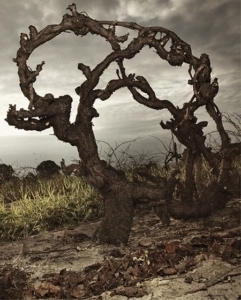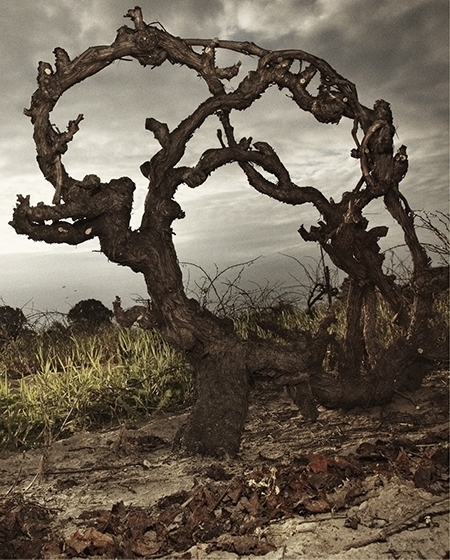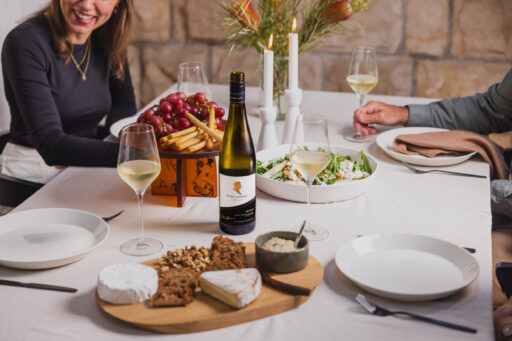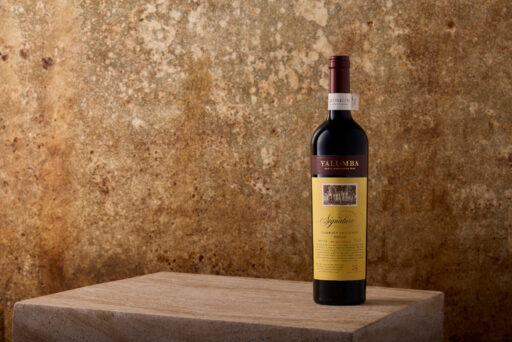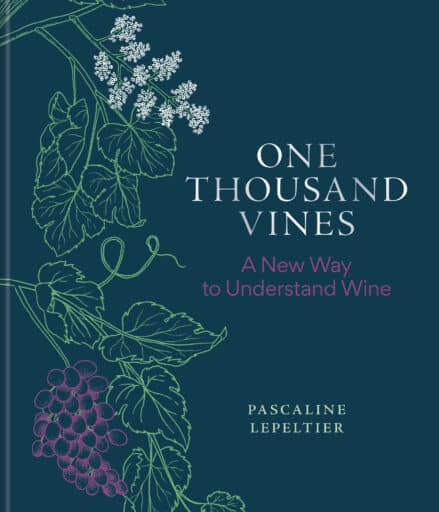The year is 1850. Convicts are still arriving on our shores from mother England, the gold rush is yet to break and Australia is 50 odd years from Federation. In that same year a small 16-acre parcel of vines, planted around Siegersdorf in the Barossa Valley, is flourishing with young grenache, semillon and shiraz vines just beginning their long working lives.
Many seasons, and even winemakers, have come and gone but these same vines still stand proud at over 170 years of age and six foot tall. They may not quite be the oldest vines in the Barossa but as far as grenache goes, there is no older quality vineyard in the world today, the great regions of Spain and France included.
Today the 170 plus year old grenache, semillon and shiraz are owned by the Cirillo family, and paternally tended by eighth generation winemaker Marco Cirillo. To say these vines get the Rolls Royce treatment is somewhat of an understatement with lavish attention heaped on each and every vine. The vineyard is a piece of history and is treated as such with Marco alone tasked with keeping the vines fighting fit for vintages to come. He dare not lose a vine to a careless hand preferring to work the hours himself rather than risk damaging these treasures. It is a strategy that certainly pays off.
Yet old vine treasures such as these, patches of which are spotted around our country, have not always been treasured. As recently as 1985, when a grape glut similar to what we see today was ravaging the local industry, a vine pull scheme was instigated to remove excess productive vines. Many hectares of seriously old vines were uprooted, their owners mistakenly thinking that the time for these old workhorses had passed as had the market for the treasures eked from their old gnarled trunks. How wrong they were with the quality of wines made from our reserves of ancient vines adored globally.
The real key to old vines is their deep root systems that dive into the surrounding soil tapping water and nutrients, even in the harshest of environments. Nowhere is this clearer than in poor vintages where young vines will struggle without the resources for a successful season. Yet while the young vines quite literally wilt under pressure, the old hands stride on, unperturbed. Old vines also are significantly less productive, which gives the prized fruit greater depth and concentration.
On the flip side, these grand old dames also require great care to continue producing exceptional fruit, without which they will simply curl up and die, as almost all of their forefathers have before them. In France, Italy and Spain, there has been another enemy for the old vines, the phylloxera vastarix, a small mite that laid waste to many great vineyards in the late eighteenth century. To this day its march continues, having been found for the first time in parts of the Yarra Valley in 2006. But there still remain many Australian regions that are, as yet, unscathed leaving some great old stocks in Victoria, South Australia and New South Wales, many of which were planted in the nineteenth century. There is no other country that can match this astounding legacy that has been handed down through generations of Australian vignerons. And in the right hands, they can and regularly do create true masterpieces in a bottle.
Image supplied by Cirillo Estate Wines.

